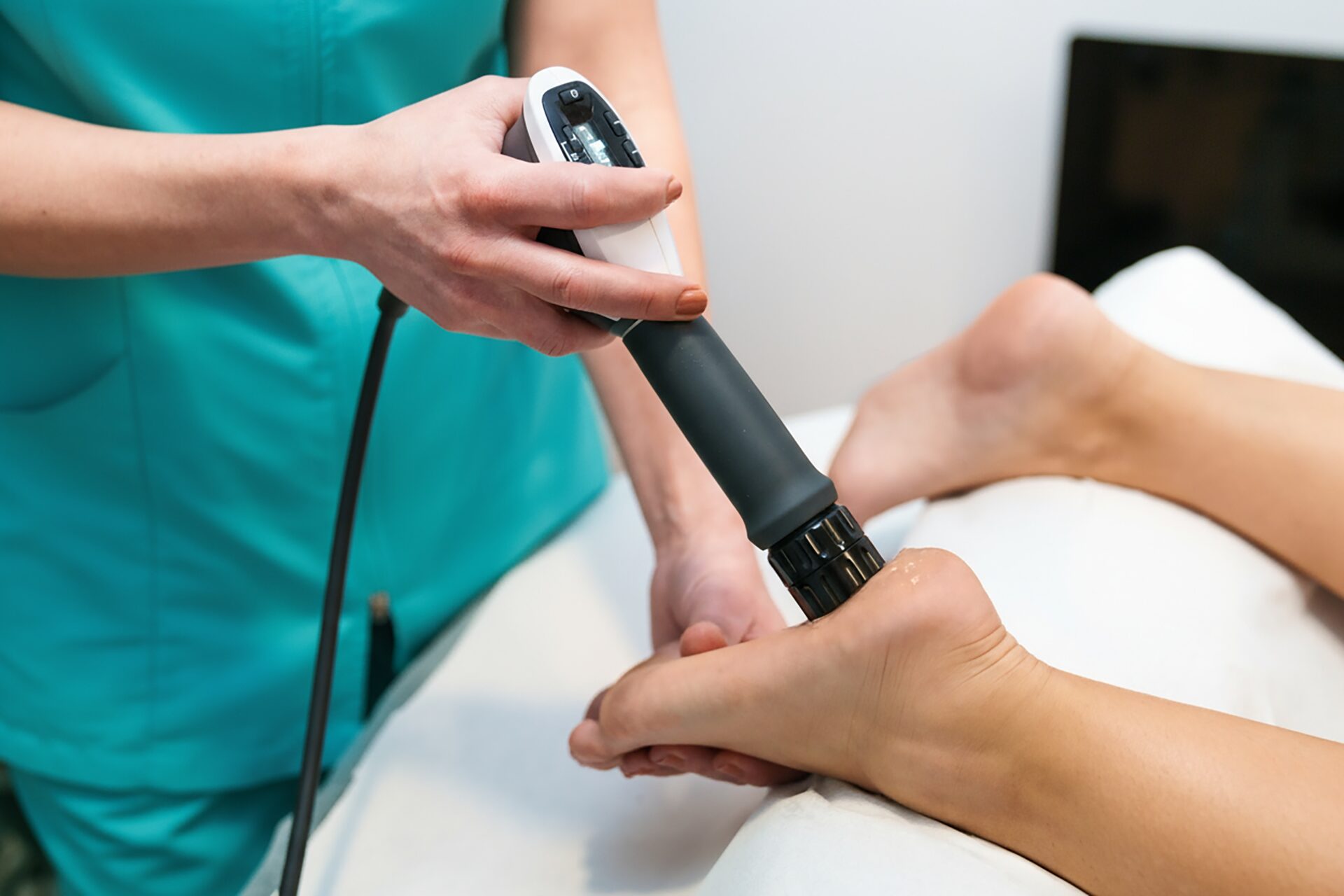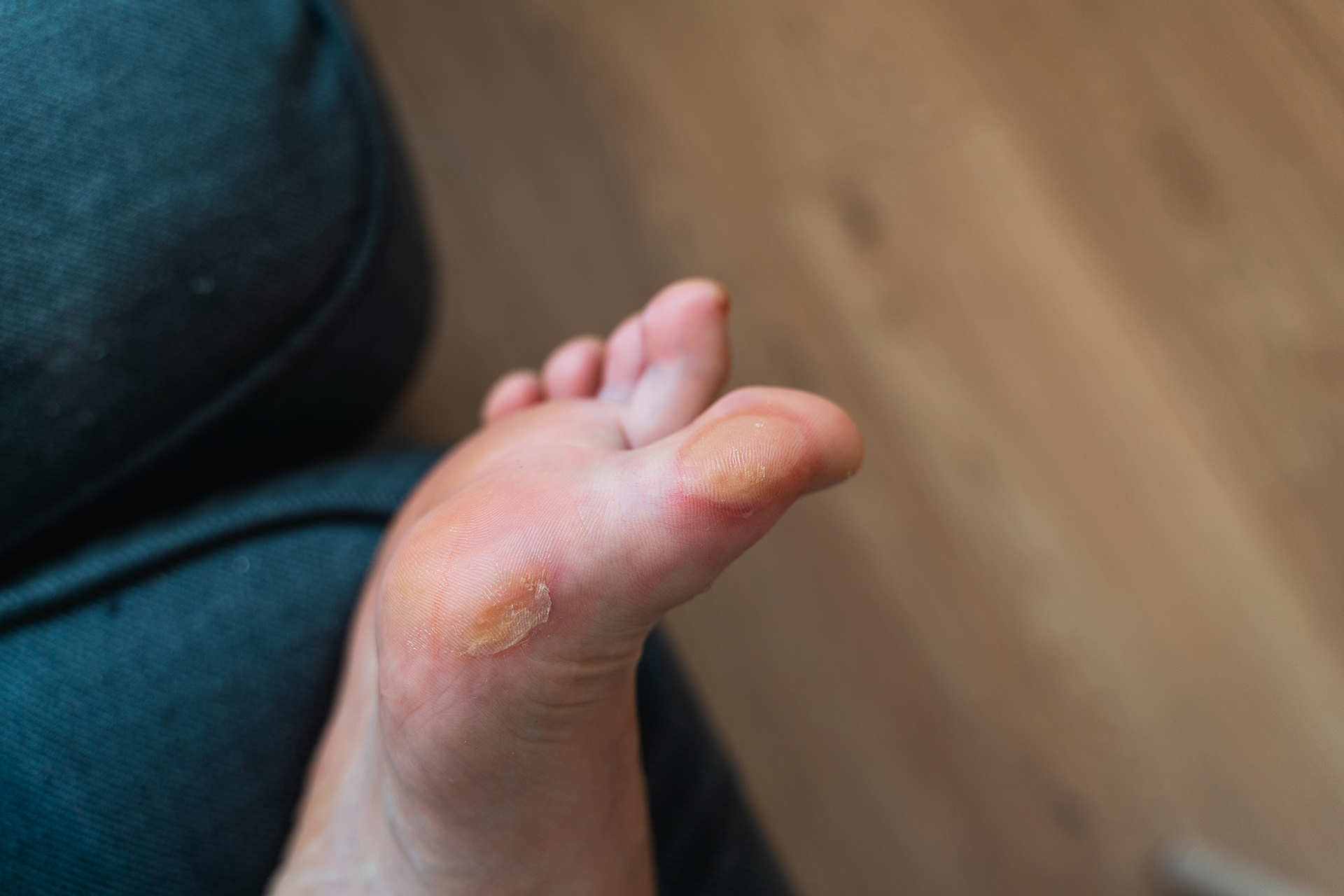Ever felt stabbing pain in your heel as you get out of bed? Then you know how annoying plantar fasciitis can be. It’s a common cause of heel pain, caused by inflammation of the plantar fascia. One common question from patients is how to cure plantar fasciitis in a week. The hard truth is, there’s no overnight fix. But targeted interventions can provide quick relief and help you on the road to long-term recovery.
What Is Plantar Fasciitis?
The plantar fascia is a thick band of fibrous tissue that runs from your heel bone to your toes, supporting the arch of the foot and absorbing impact during walking and running. As a key structure in foot anatomy, the plantar fascia acts like a bowstring to maintain the shape and function of the foot. Your plantar fascia can develop microtears from repetitive stress or poor foot mechanics, leading to inflammation and pain, particularly on the bottom of your heel.
The function of the plantar fascia is to provide support and stability to the foot arch, so inflammation of the plantar fascia can significantly impact foot function.
The primary symptom is sharp heel pain that occurs with the first steps of the day, easing slightly with activity but returning after prolonged standing or exercise. Unlike general foot soreness, plantar fasciitis pain is localised, persistent and worsens with activity. For some, the discomfort becomes so bad that even a short walk across Raffles Place at lunchtime is unbearable. If left untreated, symptoms of plantar fasciitis can become chronic and affect the knee, hip and back.

Why a ‘One-Week Cure’ Needs Perspective
Before we delve into various treatments, let’s address the promise of curing plantar fasciitis within a week. How long does it take to recover from plantar fasciitis?
While complete structural healing of the fascia takes weeks to months, a one-week timeframe is realistic for noticeable pain reduction and functional improvement. The key is to combine immediate pain relief with strategies that target the underlying cause to achieve a long-term pain-free state.
Causes and Risk Factors of Plantar Fasciitis
Common causes of plantar fasciitis include a sudden increase in training load, poor footwear, prolonged standing, or repetitive impact activities such as running. Flat feet and high arches both put more strain on the fascia due to poor weight distribution. Age reduces tissue elasticity, while medical conditions such as diabetes and obesity increase the risk.
At The Foot Practice, biomechanical assessment is key to identifying these factors. Through advanced gait analysis on the RehaWalk® pressure sensor treadmill, we can see subtle movement patterns that reveal why the fascia is overloaded.

First-Line Relief Strategies
Rest and Load Modification
Avoid high-impact activities in the early stages. Substitute running with cycling or swimming to maintain fitness while reducing strain. Rest is not about inactivity but about intelligently modifying the load. In many cases, just a few days of reduced activity or a few sessions of modified exercise can make a big difference for your plantar fasciitis.
Ice and Anti-Inflammatory Care
Apply ice packs for 15 minutes after your activities to reduce inflammation. Non-steroidal anti-inflammatory medication may also provide short-term relief, but importantly, these do not address the root cause.
Footwear Adjustments
Choose supportive shoes with cushioning and arch support to immediately reduce pain. At our clinic, footwear assessments identify if current shoes are exacerbating symptoms and provide customised recommendations.
Shoe Inserts and Orthoses
Orthoses are among the most effective treatments for plantar fasciitis. Unlike generic inserts, podiatrist-prescribed orthoses are designed to correct your unique biomechanical imbalances, such as flat feet or overpronation, that contribute to fascia strain. Orthoses support the arch of your foot, reducing excessive tension and promoting proper alignment.
Women who spend long hours in heels often benefit from COBRA women’s shoe insoles that fit elegant footwear without compromising on support. These reduce strain on your foot while maintaining mobility, especially important in Singapore’s professional settings where heels may be a wardrobe staple.
Mobilisation and Strengthening Exercises
Targeted exercises are essential for both short-term relief and long-term resilience. Incorporate these exercises into your daily routine to manage symptoms better and improve overall foot function. Podiatrists at The Foot Practice teach patients flat-footed mobilisation techniques and eccentric calf raises that promote controlled tendon and fascia loading.
These flat foot pain relief exercises complement orthotic therapy, reducing the likelihood of recurrence once the initial pain subsides and supporting long-term foot health.
Shockwave Therapy
Shockwave Therapy delivers high-energy acoustic waves directly to the plantar fascia, stimulating blood flow, accelerating healing and reducing pain. Many patients experience significant improvement within a week of therapy, making it one of the fastest ways to address stubborn heel pain. Unlike medication, which only masks symptoms, Shockwave Therapy promotes proper tissue repair by targeting the root cause of the issue.
Comprehensive Care with RehaWalk Gait Analysis
RehaWalk treadmill gait analysis provides a detailed map of how weight is distributed across the feet during walking. This advanced technology reveals hidden asymmetries, excessive pronation or arch collapse that strain the fascia. By incorporating these findings into a management plan, podiatrists create orthoses and exercise programmes tailored to each patient’s biomechanics, for rapid and lasting relief.

Long-Term Prevention
Prevention involves consistent use of supportive footwear and orthoses, along with ongoing stretching routines, to protect the plantar fascia. Maintaining a healthy weight reduces stress on the feet, and regular podiatric check-ups allow for early intervention if symptoms recur.
In Singapore, where long commutes and hard surfaces are a daily reality, these strategies are crucial. Whether it’s the endless marble floors of shopping malls or the evening jog around Marina Bay, the impact of standing or walking for extended periods on your feet should not be underestimated.
When To Consider Surgery
Surgery for plantar fasciitis is rare and reserved for severe, persistent cases that are unresponsive to conservative care. In particular, plantar fasciitis with significant involvement of surrounding structures, such as the Achilles tendon, may necessitate more thorough evaluation and targeted interventions. However, with advanced conservative therapies like orthoses, mobilisation and Shockwave Therapy, most patients never need to consider surgery.
Realistic Expectations: Relief, Not a Miracle
It’s essential that even if you want to know how to cure plantar fasciitis in one week, you have realistic expectations. While structural healing of the fascia takes more than a week, significant pain relief and improved function can be achieved within this timeframe under professional podiatric care. The key is to combine immediate symptom relief with strategies that address biomechanical causes, so the pain doesn’t return once the initial inflammation subsides.

Take the First Step Towards Relief
Plantar fasciitis is one of the most common causes of heel pain, but it doesn’t have to be a chronic burden. For patients with plantar fasciitis presenting with various symptoms or complications, a tailored podiatric approach, including footwear assessments, mobilisation exercises, custom orthoses, Shockwave Therapy and gait analysis, can provide meaningful relief within a week and continue to improve over time.
The best thing you can do for your plantar fasciitis is to see a podiatrist who can deliver a personalised, evidence-based plan. Contact The Foot Practice in Singapore to book a comprehensive foot assessment and start your journey towards long-term relief from heel pain.






